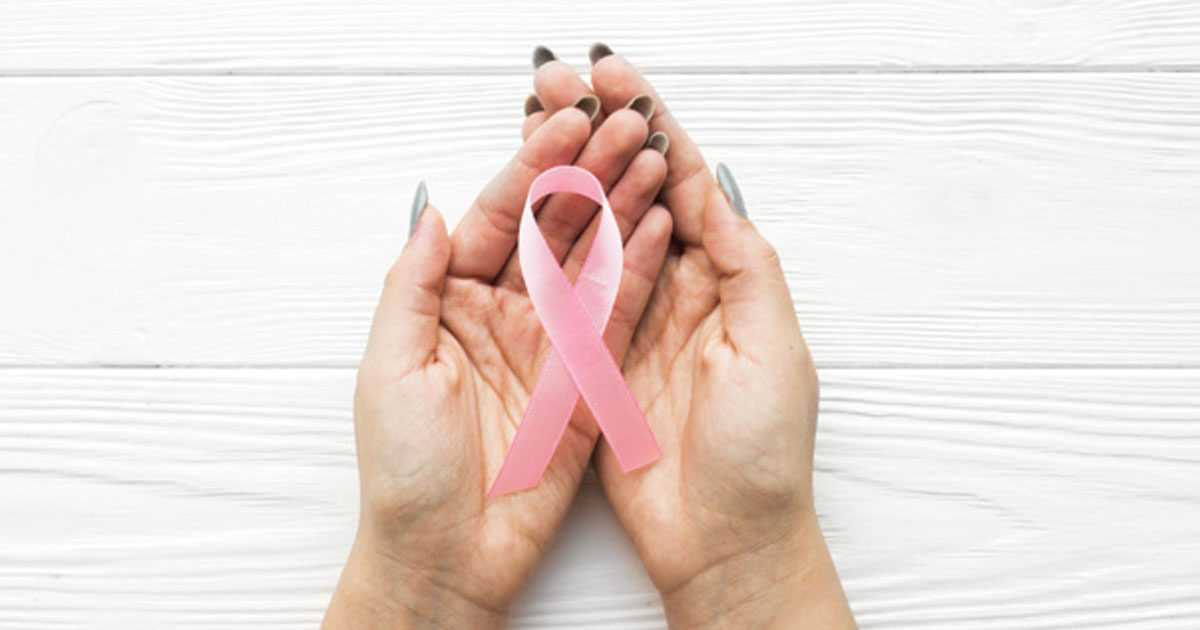Do you feel alarmed upon noticing your breasts feeling lumpy or rope-like? Can these sometimes feel bloated or tenderer to the touch, especially in the outer, upper parts?
While it is always advisable to mention these changes to your physician at earliest, let us tell you it’s sometimes due to a common condition physician’s call “fibrocystic breast changes.”
“Fibrosis” means you have a lot of breast tissue that’s scar-like. It feels firm or rubbery. A cyst is a fluid-filled lump or sac that can move around on your breasts. If fluid builds up, it can stretch the surrounding tissues. It’s not harmful, but it might hurt. If you notice any such changes book an appointment with the best gynecologist in Karachi, Lahore or any other main cities of Pakistan via Marham.pk.
Is It Normal?
Yes. About half of women in their 20s to 50s will have fibrocystic breast changes. It’s rare after menopause, but it might happen if you are having hormone treatment.
The condition was called “fibrocystic breast disease.” But as it is a standard part of life for most women — and not really a disease — caregivers now call these “changes.”
Is it Dangerous?
No. Fibrocystic breast changes aren’t harmful. And your chances of getting cancer don’t increase because you have them. But whenever you notice your breasts appear or feel different inform your doctor right away. You can find and consult with the best oncologist in Karachi, Lahore or any other main cities of Pakistan to help you in the fight against cancer.
How Is It Diagnosed?
Your doctor will first do a mammogram, or an ultrasound if you’re younger. She may examine your breasts regarding shape, density, and other hints from the pictures.


If she needs more information to decide, she’ll perform a biopsy. The biopsy will reveal whether a lump is a cyst or solid. It is going to tell your doctor if the growth is cancerous.
What’s the Remedy?
You generally won’t need any — unless your physician finds it is cancer. If it’s a cyst, your physician can puncture and drain it. This may reduce pain and stress, but the fluid may come back. Sometimes, cysts go away on their own.
Lifestyle Changes to Ease Symptoms:
Your Physician can also recommend minor lifestyle changes to help your symptoms, such as:
Related: 6 Dietary Changes that Can Decrease the Risk of Breast Cancer
- Cut the salt in your diet to help reduce breast swelling in the conclusion of your menstrual cycle.
- Require a diuretic, a drug that helps drain fluid out of your body.
- Ask your healthcare provider before taking any vitamin or herb nutritional supplements said to help symptoms. They can have unwanted effects.
- Some physicians treat severe cases with prescription hormones.
- Some women find relief if they prevent caffeine. This can be found in java, tea, chocolate, and sodas. Studies have not proven a connection, but if you’ve got fibrocystic breasts, then you might try cutting back to see if it helps.
Few Helpful Tips:
Fibrocystic breast changes may be debilitating. Try out these tips to ease discomfort:
- Avoid contact sports and activities that may impact your breasts
- Press ice or heat to painful areas
- Take an over-the-counter anti-inflammatory medication like aspirin
- Wear a good quality, supportive bra that fits well. Keep it on at night if necessary
Experts advice having a breast mammogram every year for women of all ages. This is helpful in eliminating any confusions and an early diagnosis as well. Stay safe and healthy.





